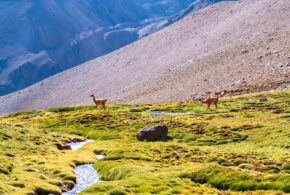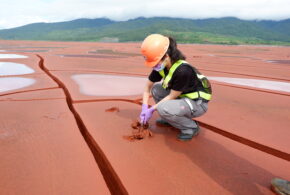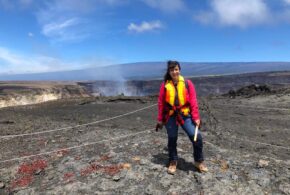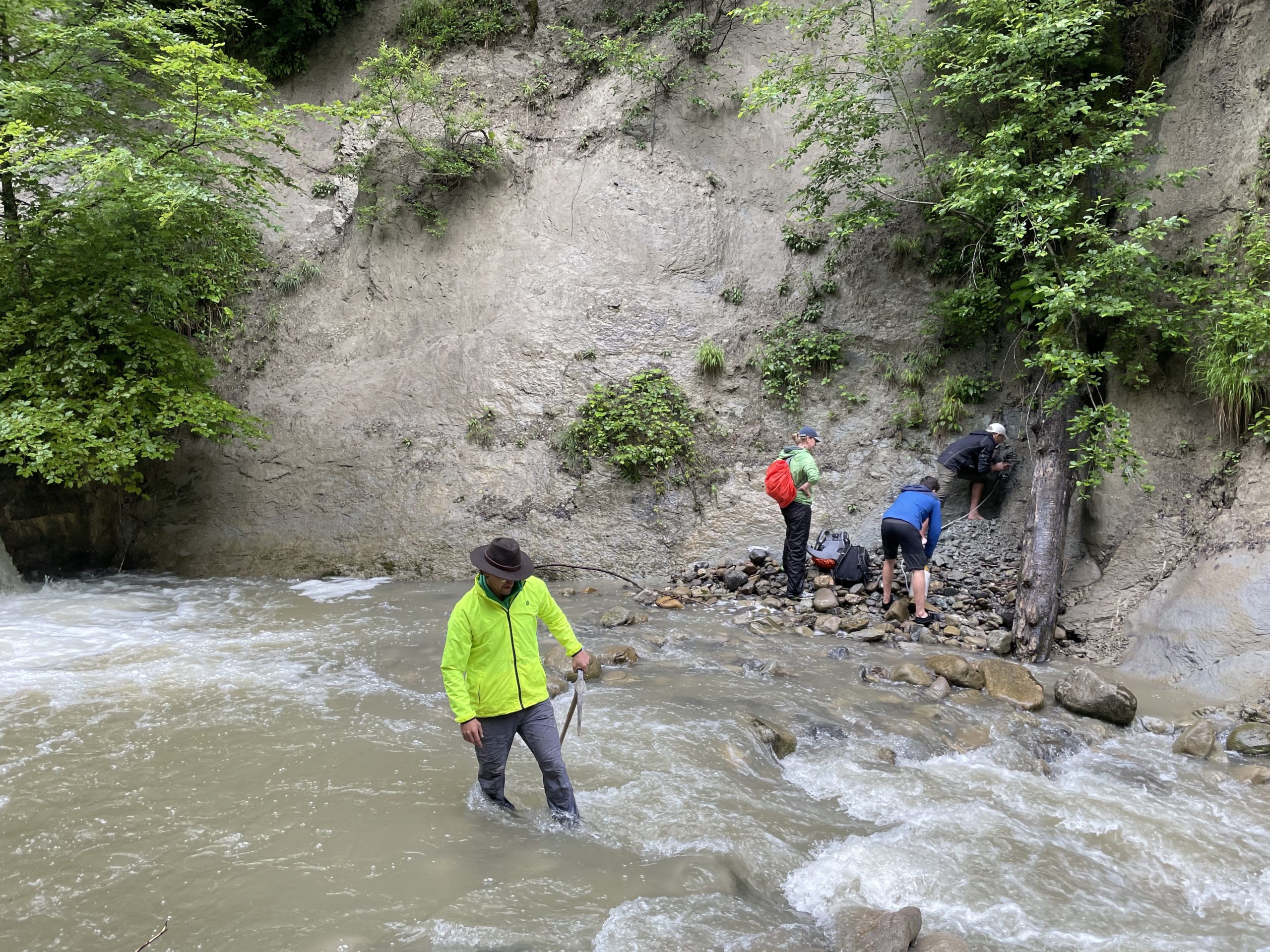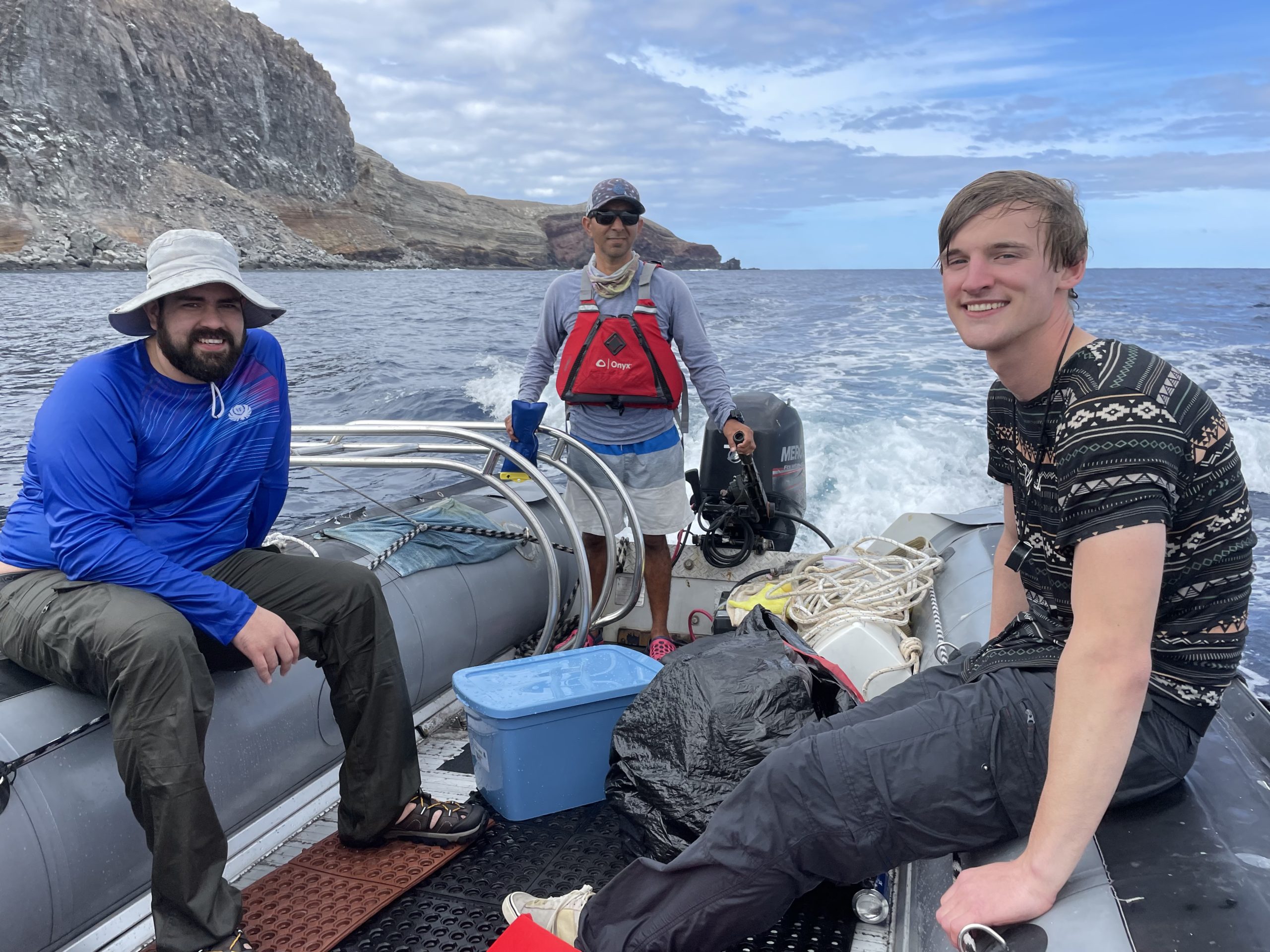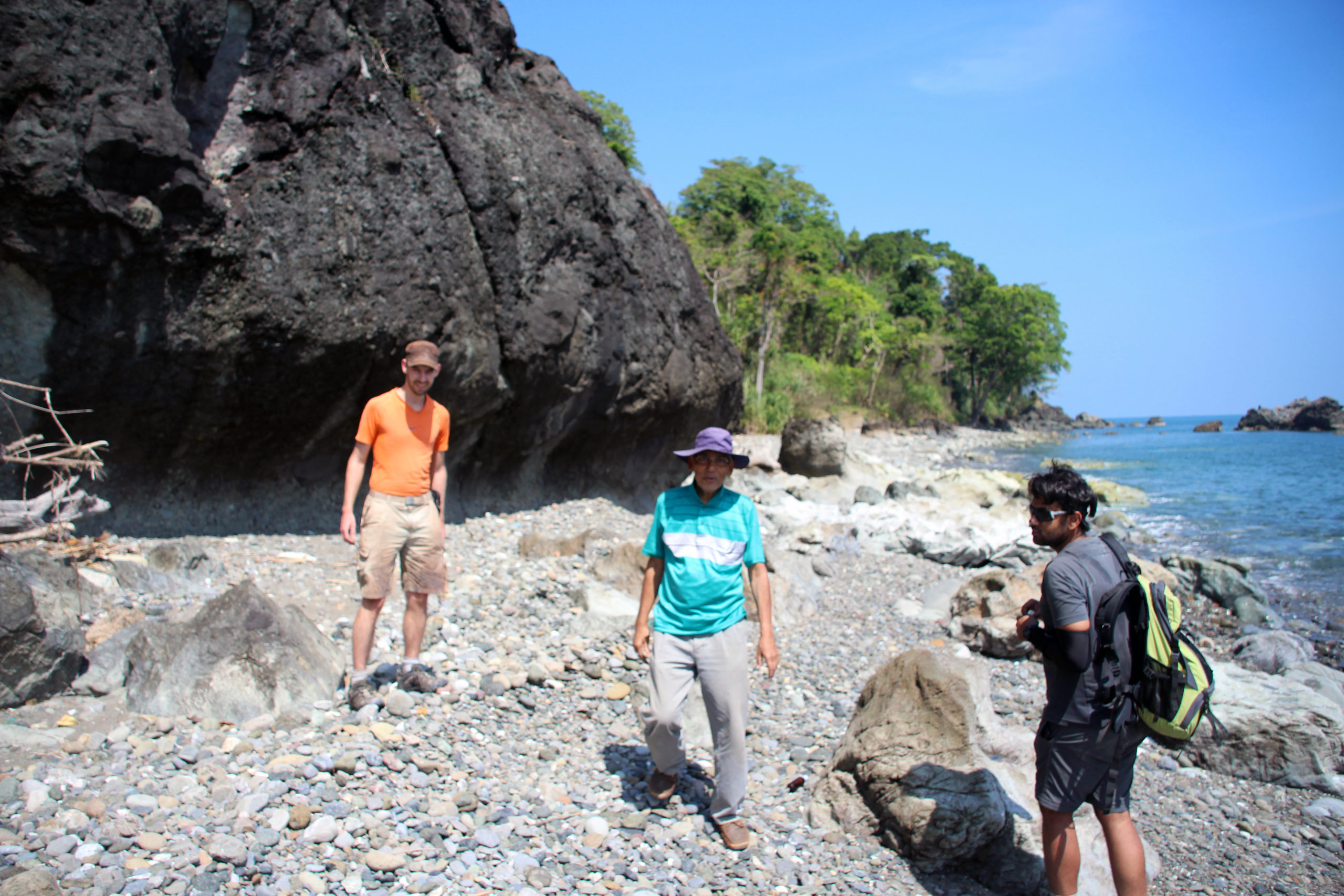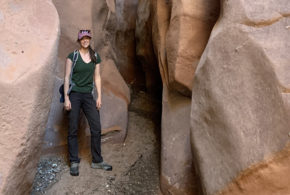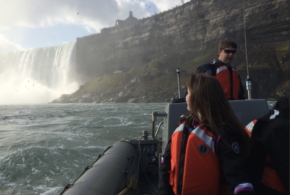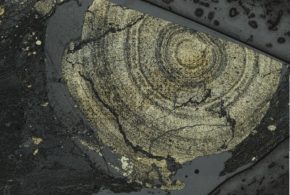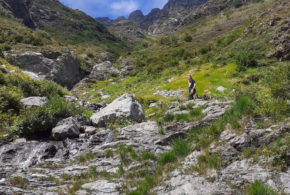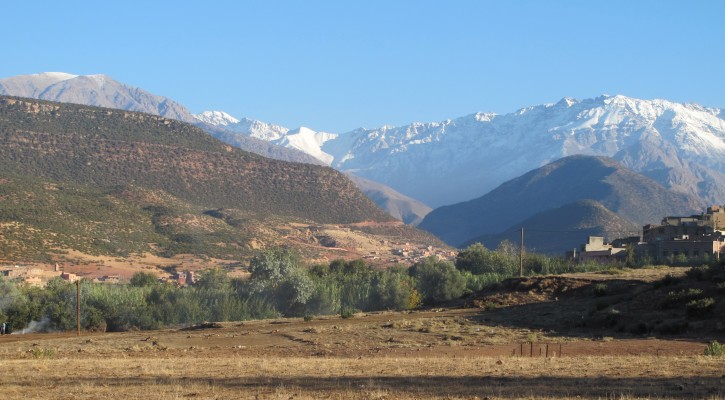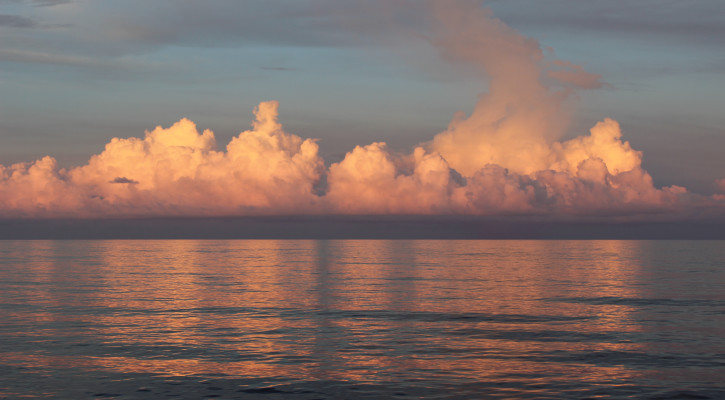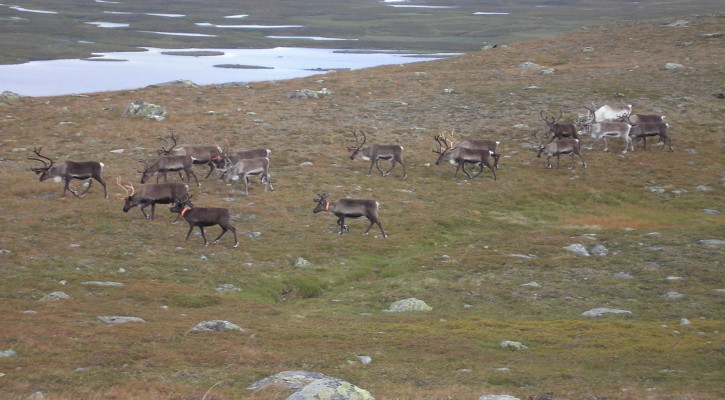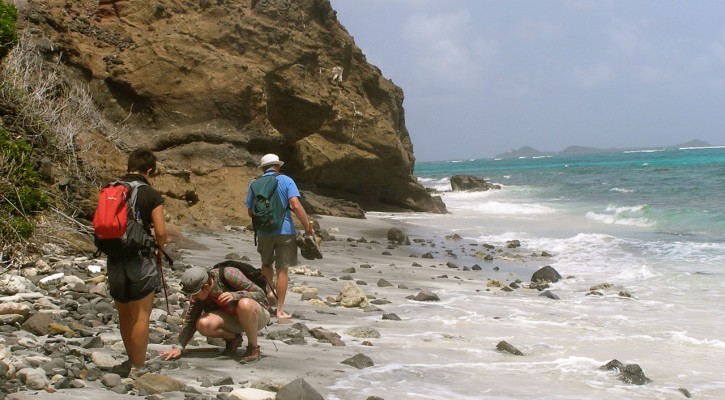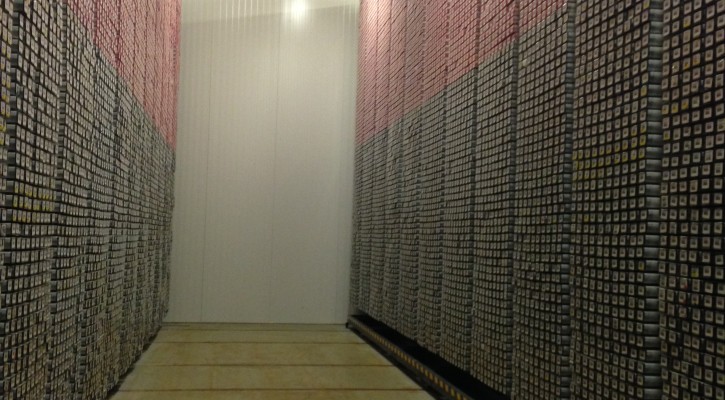Kathryn Goodenough is a Senior Geologist at the British Geological Survey (BGS), where she works on research in the Ore Deposits and Commodities Team and also acts as Deputy to the Director of BGS Global. Her work takes her all over the world, including fieldwork in places ranging from the centre of Singapore to the […]
Tales from IODP Expedition 353: reconstructing the ancient Indian Monsoon with Kate Littler
Kate is a lecturer in Geology at the Camborne School of Mines, University of Exeter. She is interested in applying both organic and inorganic proxies, (such as TEX86, compound-specific techniques, and stable isotopes) to various paleoclimate conundrums from the Cretaceous to the Pliocene. She has sailed twice with IODP, so is now officially a salty old sea-dog. She loves […]
Swedish Caledonides with Jens Grimmer
Jens is a researcher at Karlsruhe Institute of Technology. His research has taken him from the Alps of Austria to the ultrahigh-pressure Qinling-Dabie orogen. He is currently continuing his work in the central Scandinavian Caledonides, central zone of the Variscan orogen, and the Sulu orogen as he explores the connections of structural geology and tectonics. […]
Volcanoes of the Grenadines with Charly Stamper
Charly is an ex-experimental petrologist. She completed a PhD at the University of Bristol and now works in renewable energy and recycling. You can follow her on Twitter @C_Stamper and read more at http://betweenarock.co.uk What makes a volcano go bang? The Grenadines, Lesser Antilles The world’s most explosive and dangerous volcanoes are located at destructive […]
IODP ‘Virtual Drillship’ and Core Repository at the University of Bremen with Rehemat Bhatia
Rehemat Bhatia is a geochemistry/micropalaeontology PhD student at UCL and my supervisors are Prof. Bridget Wade, Dr David Thornalley, Prof. Melanie Leng (BGS), Dr Bradley Opdyke (ANU) and Prof. John McArthur. You can follow her on twitter @rehemat_. My experience on board the IODP ‘Virtual Drillship’ at the MARUM – Center for Marine Environmental Sciences and the […]

